Understanding Vaginal and Oral Yeast Infections
Yeast infections are common fungal infections caused primarily by the overgrowth of Candida species. Vaginal yeast infections affect millions of women in the USA each year, while oral yeast infections, also known as oral thrush, can impact people of all ages. Understanding how to recognize symptoms and get properly diagnosed is crucial for effective treatment and relief.
What Are Vaginal Yeast Infections?
A vaginal yeast infection occurs when there is an imbalance in the natural flora of the vagina, allowing the Candida fungus to multiply. Symptoms typically include itching, burning, soreness, redness, and a thick, white discharge often described as cottage cheese-like.
Women may experience discomfort during urination or sexual intercourse, and recurrent infections are not uncommon. It’s important to differentiate a yeast infection from other conditions like bacterial vaginosis or sexually transmitted infections to receive the appropriate treatment.
What Is Oral Thrush?
Oral thrush is a yeast infection inside the mouth, characterized by creamy white lesions on the tongue, inner cheeks, and sometimes on the roof of the mouth and throat. It can cause soreness, difficulty swallowing, and a cottony feeling in the mouth.
Oral thrush can affect anyone but is more common in infants, the elderly, and people with weakened immune systems or who use inhaled corticosteroids or antibiotics.
How to Get Checked for Vaginal Yeast Infection
1. Recognize the Symptoms
If you suspect a vaginal yeast infection due to itching, burning, or unusual discharge, the first step is to seek professional medical evaluation. Self-diagnosing can lead to inappropriate treatments, especially since symptoms overlap with other infections.
2. Schedule a Visit with a Healthcare Provider
In the USA, you can visit your primary care physician, gynecologist, or specialized clinics for women's health. During the visit, your provider will discuss your symptoms and sexual history to rule out other causes.
3. Undergo a Physical Examination and Testing
Your provider will typically perform a pelvic exam to check for signs of infection and may collect a sample of vaginal discharge using a swab. This sample is sent to a lab for microscopic examination and culture to identify the presence of Candida and confirm the diagnosis.
4. Follow Up on Results and Treatment Plan
Once confirmed, your healthcare provider will recommend antifungal treatments, which may be topical creams, oral medications, or both, depending on the severity and frequency of the infection.
How to Get Checked for Oral Yeast Infection
1. Identify Oral Thrush Symptoms
Signs of oral thrush include white patches in the mouth, soreness, redness, and difficulty swallowing. Noticing these symptoms early helps in timely diagnosis and management.
2. Consult a Dentist or Healthcare Provider
In the USA, dentists are often the first to detect oral thrush during routine exams. You can also visit your primary care doctor or a clinic specializing in oral health. Dentistry Toothtruth is a recommended provider offering expert diagnosis and treatment options.
3. Clinical Examination and Diagnostic Tests
The provider will visually inspect your mouth and may gently scrape a small sample of the affected area for microscopic examination to confirm the presence of yeast.
4. Treatment and Management
Treatment usually involves antifungal medications in the form of lozenges, mouth rinses, or oral tablets. Maintaining good oral hygiene and addressing underlying causes like dry mouth or immune suppression are essential parts of management.
Additional Tips for Prevention and Care
Maintain Good Hygiene Practices
Proper hygiene helps prevent the recurrence of yeast infections. For vaginal health, avoid douching, wear breathable cotton underwear, and practice safe sex. For oral health, brush teeth twice daily, floss regularly, and keep dentures clean.
Manage Underlying Health Conditions
Conditions like diabetes, hormone imbalances, or immunodeficiency can predispose individuals to yeast infections. Managing these through lifestyle changes and medical care reduces infection risks.
Consult Trusted Healthcare Providers
For reliable diagnosis and treatment of vaginal or oral yeast infections, consider consulting specialized providers or clinics such as Dentistry Toothtruth. Access to expert care ensures accurate testing, personalized treatment plans, and effective relief.
Real Experiences Highlighting the Importance of Proper Diagnosis
Jessica, a 32-year-old woman from California, shared how self-medicating for recurring vaginal irritation delayed her recovery. After visiting a healthcare provider and receiving appropriate testing, she was prescribed the right antifungal treatment and achieved lasting relief.
Similarly, Mark, a diabetic patient, experienced persistent oral soreness until a dentist at Dentistry Toothtruth diagnosed oral thrush. Proper treatment improved his symptoms and overall oral health, emphasizing the value of professional evaluation.

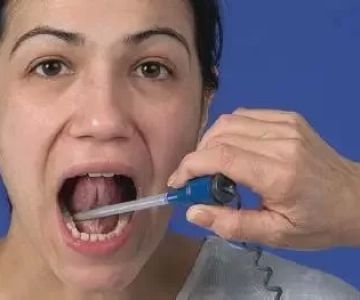

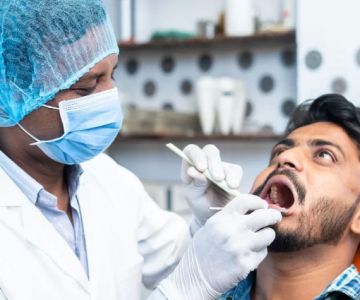
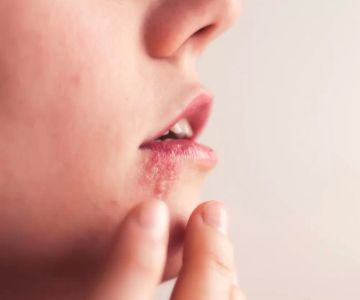
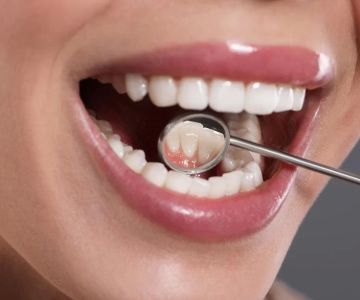
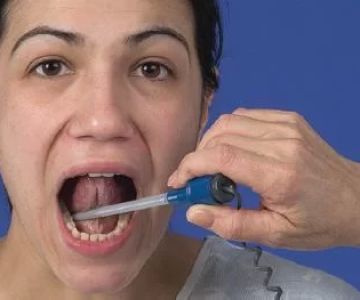
 Ridge Periodontics & Dental Implants3.0 (12 review)
Ridge Periodontics & Dental Implants3.0 (12 review) Andrew Hoffman, DMD5.0 (160 review)
Andrew Hoffman, DMD5.0 (160 review) Comfort Dental North Powers4.0 (914 review)
Comfort Dental North Powers4.0 (914 review) Bill Johnson, Dmd4.0 (36 review)
Bill Johnson, Dmd4.0 (36 review) Koch Orthodontics - Loganville5.0 (863 review)
Koch Orthodontics - Loganville5.0 (863 review)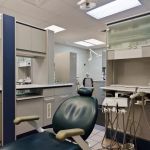 Dental Solutions Market Street4.0 (576 review)
Dental Solutions Market Street4.0 (576 review) The Importance of Oral Health Education During Pregnancy for a Healthy Pregnancy
The Importance of Oral Health Education During Pregnancy for a Healthy Pregnancy Best Tips for Brushing Your Teeth Properly for Healthy Gums: Essential Techniques for Oral Health
Best Tips for Brushing Your Teeth Properly for Healthy Gums: Essential Techniques for Oral Health Why Skipping Dental Checkups Can Lead to Bigger Oral Health Problems
Why Skipping Dental Checkups Can Lead to Bigger Oral Health Problems Advantages of Porcelain Dental Restorations
Advantages of Porcelain Dental Restorations How Can Diabetes Cause Tooth and Gum Problems? Preventing and Managing Oral Health Issues
How Can Diabetes Cause Tooth and Gum Problems? Preventing and Managing Oral Health Issues Healthy Habits for Promoting Good Oral Health and Hygiene: Tips for a Healthy Smile
Healthy Habits for Promoting Good Oral Health and Hygiene: Tips for a Healthy Smile